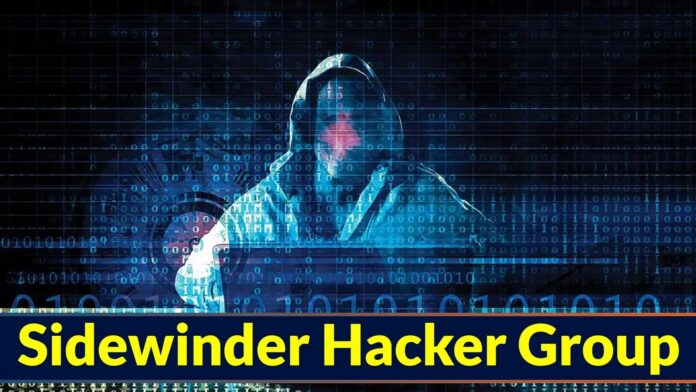[ad_1]
Sidewinder APT group’s sophisticated threat landscape reveals a skilled and persistent threat targeting the Nepalese Government entities.
Their focus extends to South Asian governments, with researchers also identifying a recent complex attack on Bhutan.
Cybersecurity researchers at Cyfirma recently identified that the operators of the Sidewinder hacker group are actively using weaponized documents to deliver backdoors.
Here below we have mentioned all the other names of the Sidewinder APT group:-
- Rattlesnake
- Hardcore Nationalist
- HN2
- APT Q4
- RAZOR Tiger
- APT Q39
- BabyElephant
- GroupA21
Sidewinder Hacker Group
Using decoy documents resembling Nepalese Prime Minister’s Office communications, the group employs advanced tactics like email spear-phishing and malicious macros.
That’s why urgent attention and coordinated action from the stakeholders are crucial.
In the main payload “conhost.exe” (Nim Backdoor), all the URLs are hardcoded, and they are settled to the following IP address:-
Here below, we have mentioned all the URLs:-
- http[:]//mail[.]mofa[.]govnp[.]org/mail/AFA/
- http[:]//nitc[.]govnp[.]org/mail/AFA/
- http[:]//dns[.]govnp[.]org/mail/AFA/
- http[:]//mx1[.]Nepal[.]govnp[.]org/mail/AFA/
Spear-phished email delivers a malicious document, triggering an embedded macro upon opening. The victim is manipulated as the document prompts them to enable editing.
The deceptive content hints at targeting Nepalese government officials. The document’s embedded macro, part of a multi-stage attack, establishes persistence and executes payloads.
The opening of the document triggers the macro and creates a VBScript file for persistence. It introduces delays and checks internet connectivity before executing encoded batch files.
The batch script directs the execution of VBScript and other batch files, creating scheduled tasks and self-deleting files. Functions like read_shell write binary data to a file, while hide_cons hide the console window.
The vb_chain function coordinates various actions, including creating and executing scripts and scheduling tasks to establish a chain of events on the infected system.
The VBScript file unzFile.vbs extracts contents from conhost.zip. The following batch file executes scripts, creates tasks, and handles cleanup:-
- 2L7uuZQboJBhTERK.bat
- 2BYretPBD4iSQKYS.bat
- d.bat
- e.bat
The macro exhibits advanced evasion with obfuscation by leveraging the following elements:-
- VBScript
- Batch files
- Scheduled tasks
Besides this, its multi-stage execution makes the complete analysis more challenging and complex.
Enabling macros triggers the deployment of scripts and the Nim backdoor-like conhost.exe. This executable aims to connect to the threat actors’ C2 server for unauthorized access, indicating an ongoing campaign since September.
The reverse shell sample enables threat actor access through a reverse shell, providing control over the compromised system. Trojan.khalesi obstructs dynamic analysis, detecting and exiting if tools are found.
The binary targets various monitoring and analysis tools. The process tree reveals the periodic use of cmd.exe to execute tasklist.exe, which is likely for information gathering or system monitoring.
Recommendations
Here below, we have mentioned all the recommendations provided by the security analysts:-
- Use robust endpoint security.
- Employ reputable antivirus and anti-malware.
- Regularly update OS, applications, and security software.
- Segregate the network into segments.
- Educate and train employees on phishing and social engineering dangers.
- Configure firewalls to block outbound communication.
- Deploy behavior-based monitoring.
- Establish application whitelisting policies.
- Monitor network traffic closely.
- Create a comprehensive incident response plan.
- Stay updated on threat intelligence and IOCs.
- Maintain regular backups of critical data.
- Implement safeguarding measures.
- Restrict user permissions.
IOCs
[ad_2]
Source link
